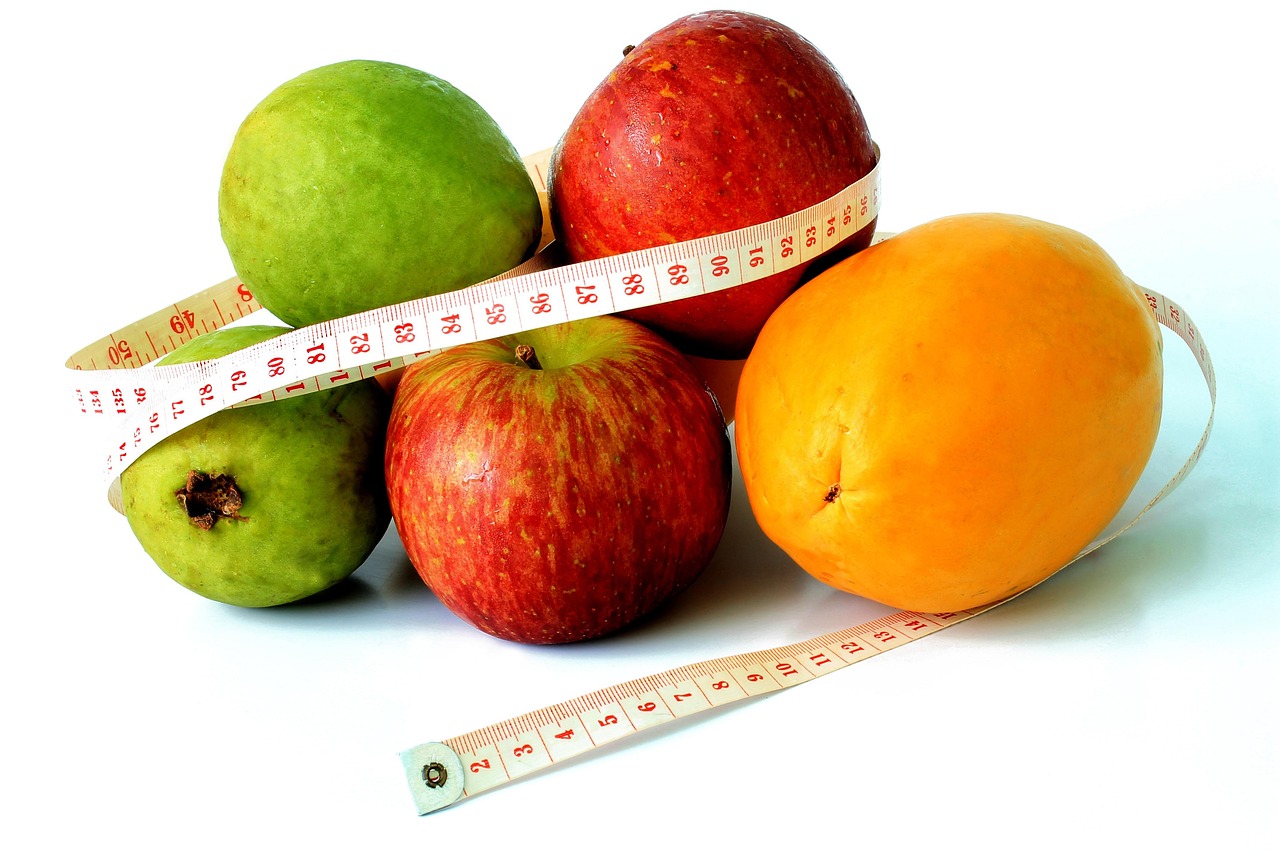Octal to HEX
Octal to HEX is a tool or process that converts octal (base-8) numbers into their corresponding hexadecimal (HEX, base-16) representation. Both octal and hexadecimal are number systems commonly used in computing to represent binary data in a more compact and readable form, but they have different bases. Octal uses digits from 0 to 7, while hexadecimal uses digits from 0 to F.
Octal to HEX is a tool or process that converts octal (base-8) numbers into their corresponding hexadecimal (HEX, base-16) representation. Both octal and hexadecimal are number systems commonly used in computing to represent binary data in a more compact and readable form, but they have different bases. Octal uses digits from 0 to 7, while hexadecimal uses digits from 0 to F.
How It Works:
- Convert Octal to Binary: Since both octal and hexadecimal are closely related to binary (base-2), the first step is usually to convert the octal value into binary.
- Convert Binary to HEX: Once the octal value is in binary, the binary value is then grouped into 4-bit chunks and converted into its hexadecimal equivalent.
Example of Octal to HEX Conversion:
- Octal:
17
-
Convert Octal to Binary:
- 1 in octal →
001in binary - 7 in octal →
111in binary
So,
17in octal becomes001 111in binary (or000 111). - 1 in octal →
-
Convert Binary to HEX:
- 0001 → HEX value
1 - 111 → HEX value
7
So,
17in octal becomesFin hexadecimal. - 0001 → HEX value
Example 2:
- Octal:
53
-
Convert Octal to Binary:
- 5 in octal →
101in binary - 3 in octal →
011in binary
So,
53in octal becomes101 011in binary. - 5 in octal →
-
Convert Binary to HEX:
- 1010 → HEX value
A - 11 → HEX value
3
So,
53in octal becomes43in hexadecimal. - 1010 → HEX value
Steps of Conversion:
- Step 1: Convert each octal digit to its 3-bit binary equivalent.
- Step 2: Group the binary digits into 4-bit chunks (add leading zeros if needed).
- Step 3: Convert each 4-bit binary group to its hexadecimal equivalent.
Common Uses of Octal to HEX Conversion:
-
Data Representation: When working with binary data, octal and hexadecimal are often used as more compact representations of data.
-
Programming and Debugging: Developers often need to convert between octal and hexadecimal to analyze memory dumps, address spaces, or low-level data.
-
File Systems: Some file systems (especially older ones) use octal to represent file permissions. Converting octal to HEX can be useful when working with these file systems.
-
Cryptography: In cryptographic algorithms, both octal and hexadecimal formats are used. Converting between these two can be important for encoding and decoding data.
Why Use Octal to HEX Conversion?
- Compatibility: Converting between octal and hexadecimal is often necessary for applications that use one of these systems and require the other (e.g., in data analysis, cryptography, or low-level programming).
- Ease of Understanding: Hexadecimal is more compact and readable than binary, and converting from octal to HEX is a way to represent the same data in a more convenient format.
- Efficiency: Converting octal to HEX can make it easier to interpret and work with data when analyzing system memory or performing bitwise operations.
Octal to HEX converters are often built into programming tools, debuggers, and data analysis software to facilitate the conversion between these two systems.













